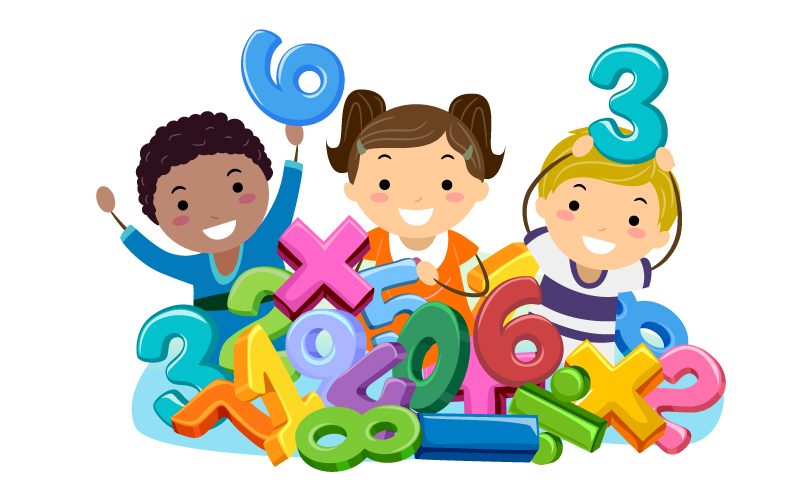Didactic Materials
Graph Worksheets and Lessons for 9-Year-Olds
March 19, 2024
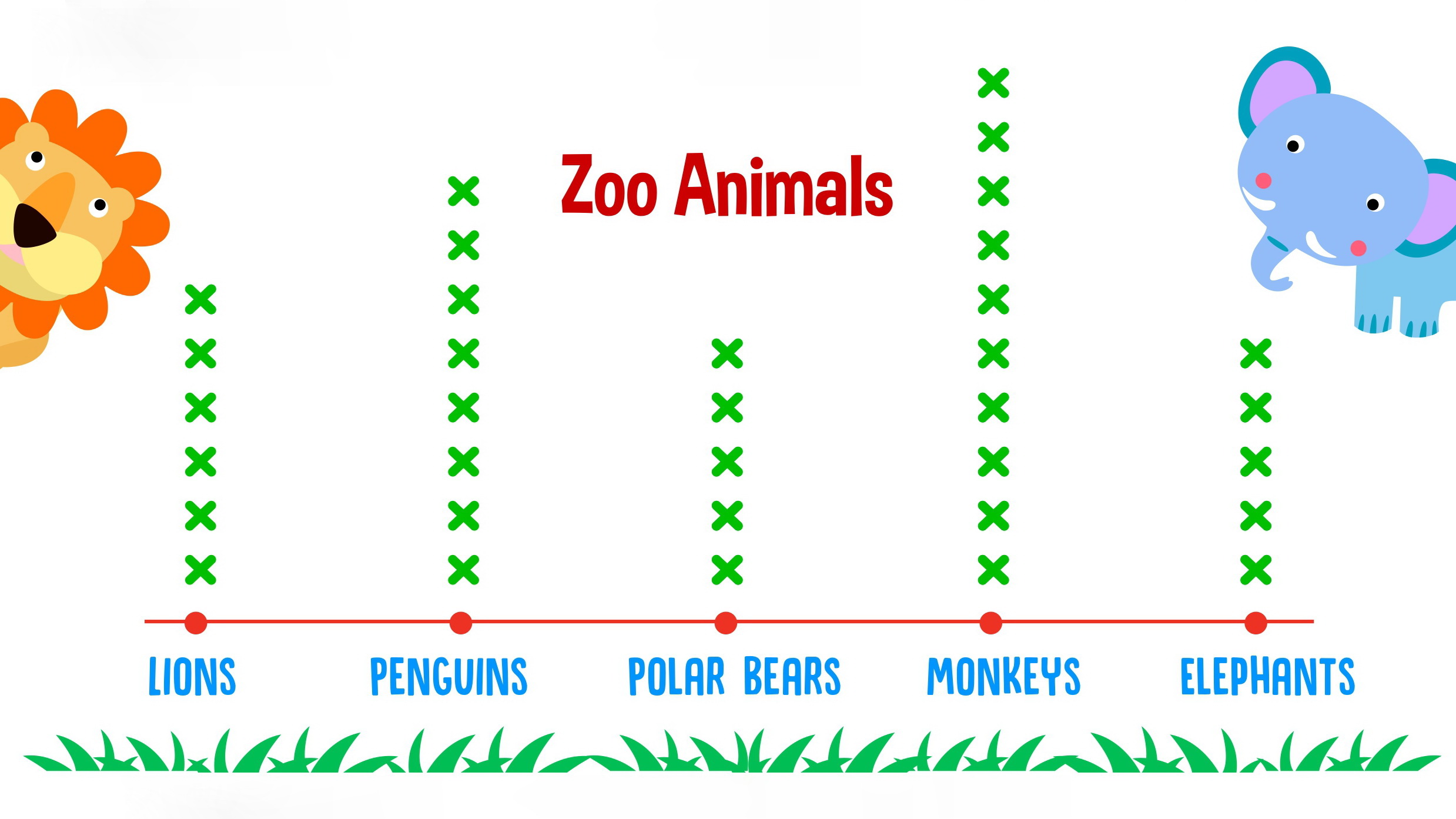
Learning to read different types of graphs is a crucial skill for early learners. After all, graphs are powerful visual tools that help children understand and interpret data, fostering critical thinking and analytical skills. Early in elementary school, students are typically introduced to graphs through tally charts as early as kindergarten. By the time they reach nine years old, it’s important that students learn to read and analyze different types of graphs.
While it may seem as though data analysis is a boring skill to learn, with a little bit of creativity, graphs can be an enjoyable skill for students to master, especially when they experience relevant, hands-on practice. Let’s explore the different types of graphs your little data analyst needs to learn and the best strategies to use to teach each kind.
Water Cycle: The Science of Rain for Kindergarteners
Aug. 9, 2022
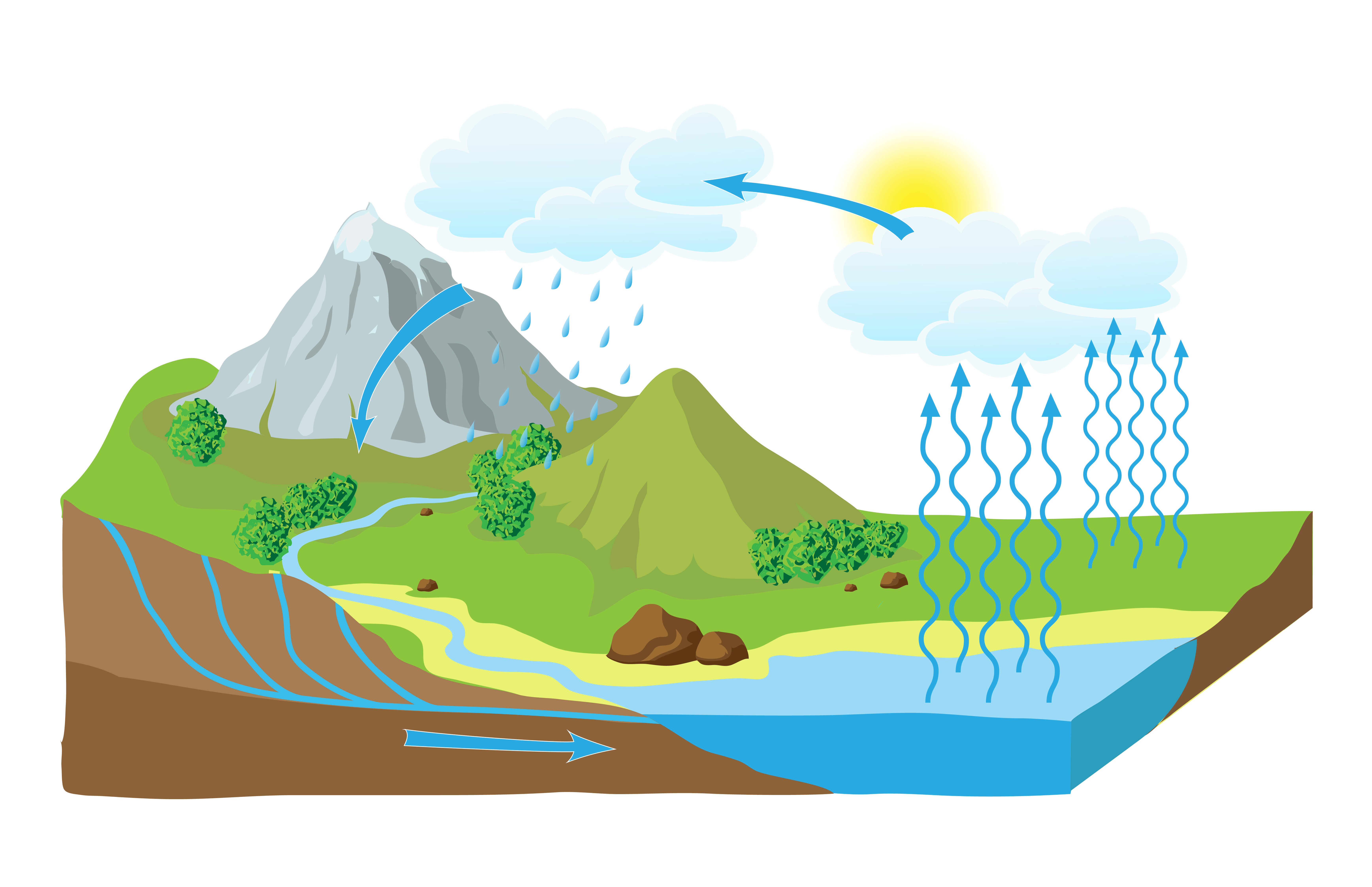
Water is everywhere. Around 71% of Earth’s surface is covered with water. We got oceans, rivers, and lakes. And on top of that, we even have water from the sky! Precipitation takes place in all regions of Earth except Antarctica (considered as the driest place in the world). That said, it is inevitable for your kindergartner to throw the where and why questions everytime it rains.
Teach and Learn to Compare
July 25, 2022

From youth, kids frequently make correlations, on account of which they can recognize their most loved toys, shoes, or even places. For this, comparatives and exemplifications are typically utilized, which lay out contrast and sort out the things with which kids cooperate consistently. These kinds of words work with correspondence since they lay out contrasts or similitudes between specific gatherings of articles, individuals or creatures, giving more data about them. Be that as it may, similar and standout descriptors in English have various purposes and are framed in various ways.
Gravitational and Wind Energies: Forms of Energy for Kindergarten
July 19, 2022
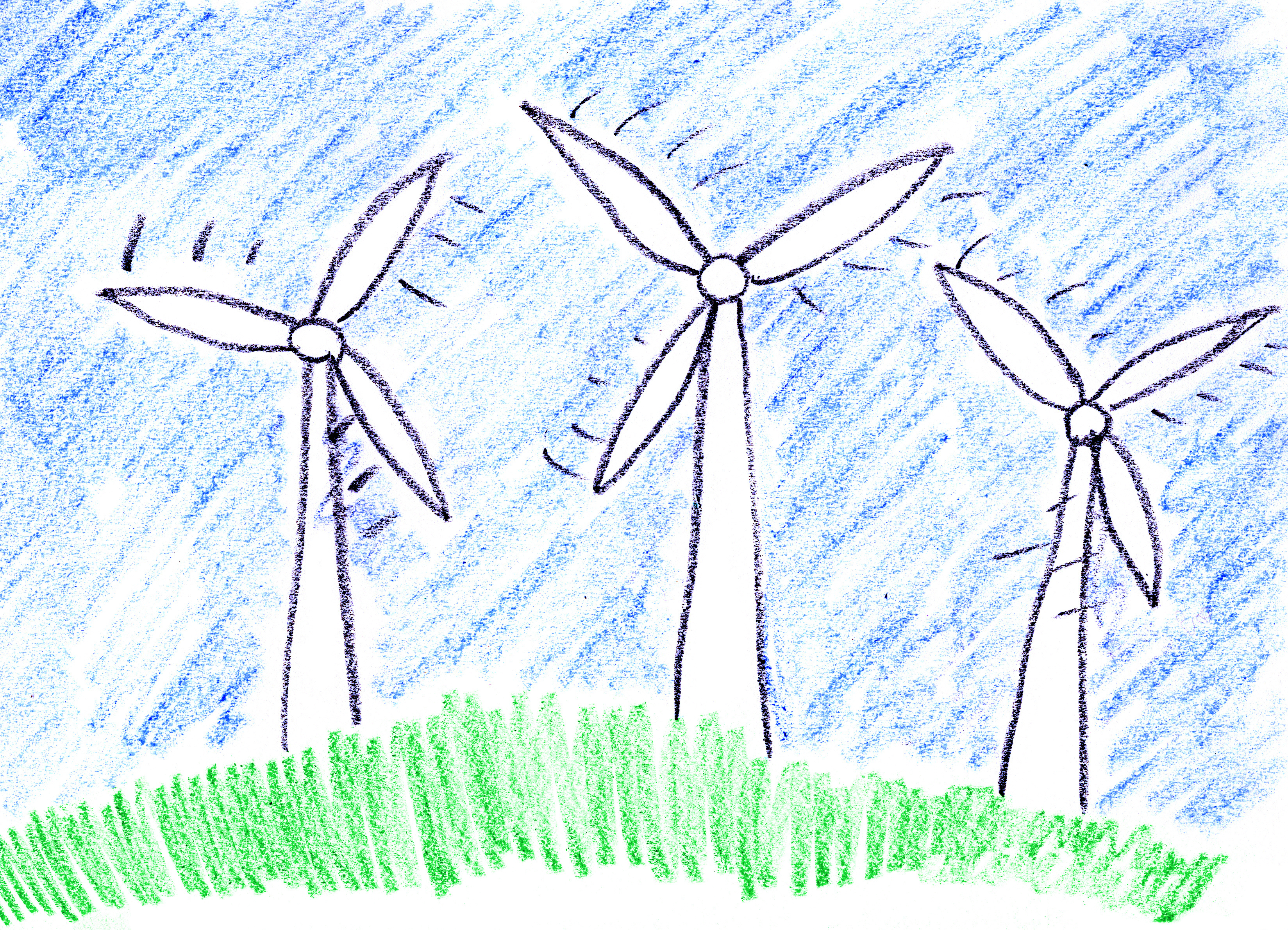
It was discussed in the article Kindergarten Physical Science: Energy, Force, and Motion that there are two main categories of energy. And these are the potential energy and the kinetic energy. And under these categories are the more specific types of energy which include gravitational, chemical, elastic, wind, heat, and electrical energies. Of the types of energies mentioned, the first three are classified as potential energy, wind being kinetic, and heat and electrical energies as both potential and kinetic.
Comparing Fractions
July 12, 2022
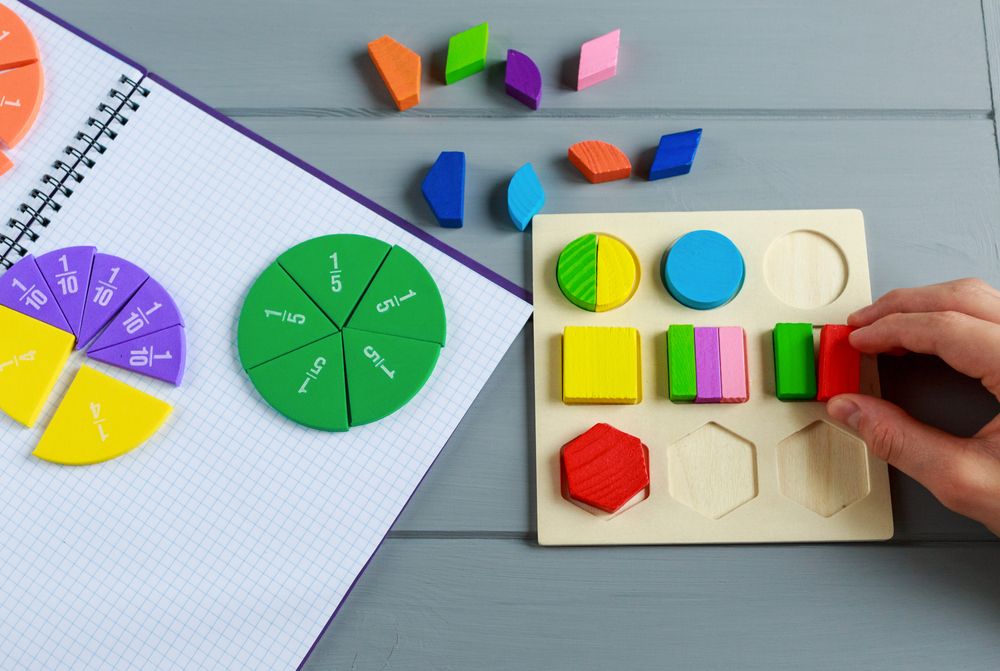
Previously, your children have learned to recognize equivalent fractions. Today, you will facilitate the learning of your kids on the topic on comparing fractions.
Life Science for Third-Graders: Reptiles and Amphibians
July 5, 2022
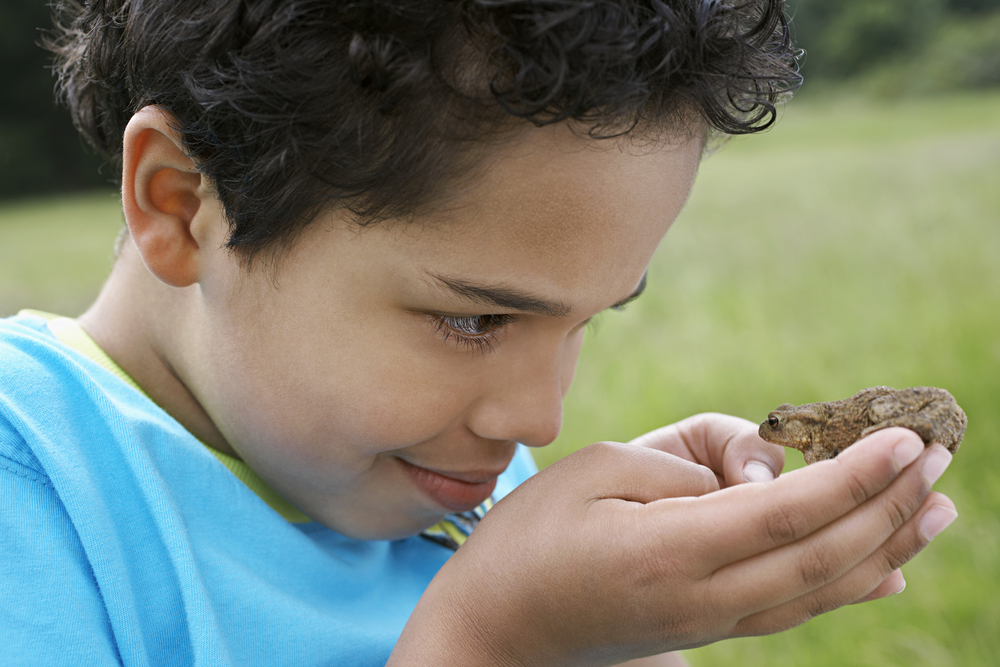
This article aims at giving your child a glance at the crucial role of both reptiles and amphibians in the ecosystem along with everything there is to know about these amazing creatures. The article at Kids Academy entitled “Major Animal Groups Your Kids Should Know” introduces other major animal groups that comprise the Kingdom Animalia as well as the significant differences between vertebrates and invertebrates.
3rd Grade Life Science: Major Animal Groups Your Kids Should Know
June 27, 2022
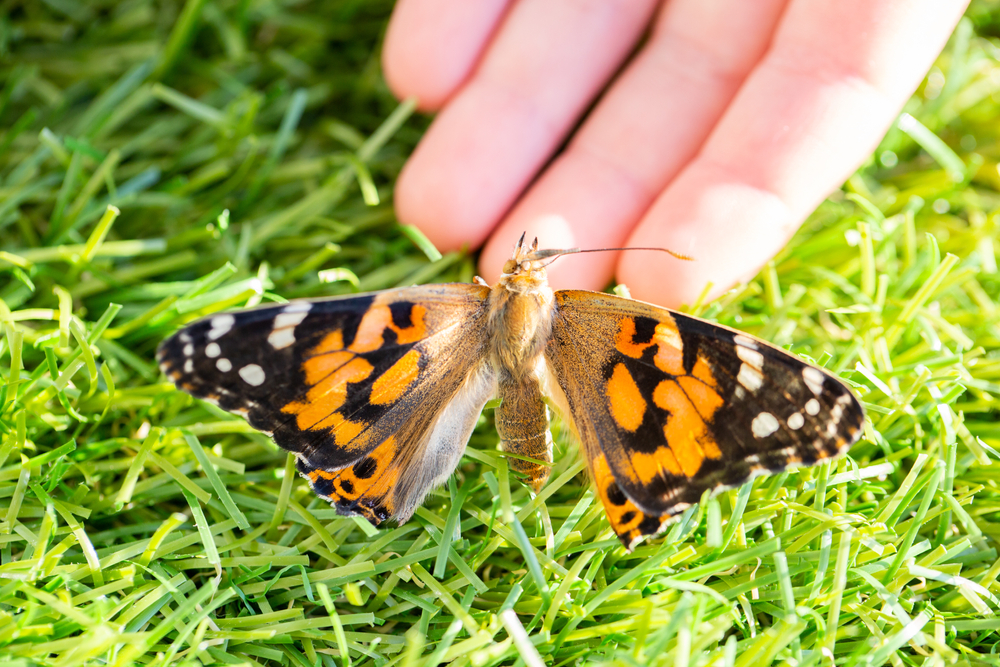
As your child begins to throw some questions at you as to why birds can fly and dogs just bark and run, or why fishes can breathe underwater whereas cats hate the idea of getting wet, take the opportunity of giving them a glimpse of the entire animals kingdom by introducing its major groups - mammals, fish, birds, reptiles, and amphibians. This subject simply gives third graders the idea as to how diverse animals are. Through such discussion, kids get to learn the similar traits and significant differences animals have.
Tips for Parents to Teach Past Tense to Kids
June 16, 2022
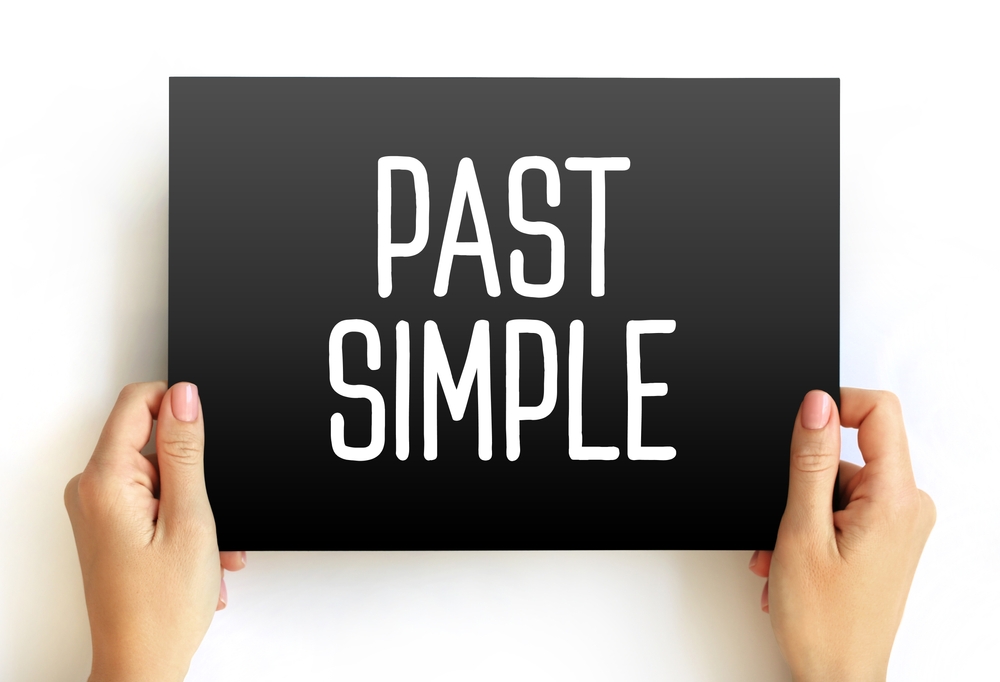
Many students find it challenging to use the past tense. If they have any desire to discuss something that generally occurred, they will use the present since they find it difficult how to frame the past and will use verb modifiers, for example, "yesterday" or time adverbs to sort out an activity that had a start and an end. This can make it challenging to tell when a kid trying to describe a present or a past action. You can teach past tense by incorporating these exceptionally simple tips into your lesson.
What Are Equivalent Fractions?
June 14, 2022

As a family, you experience many moments to cherish, and without them knowing, these simple yet significant memories have the concept of fractions within them. See how fractions appear and impact your daily living, from the happy to the happiest circumstances in your family life. When children have shared similar instances, it is time to tell them what equivalent fractions are. Equivalent fractions are fractions that are equal or have the same value. Consider examples in this article.
-
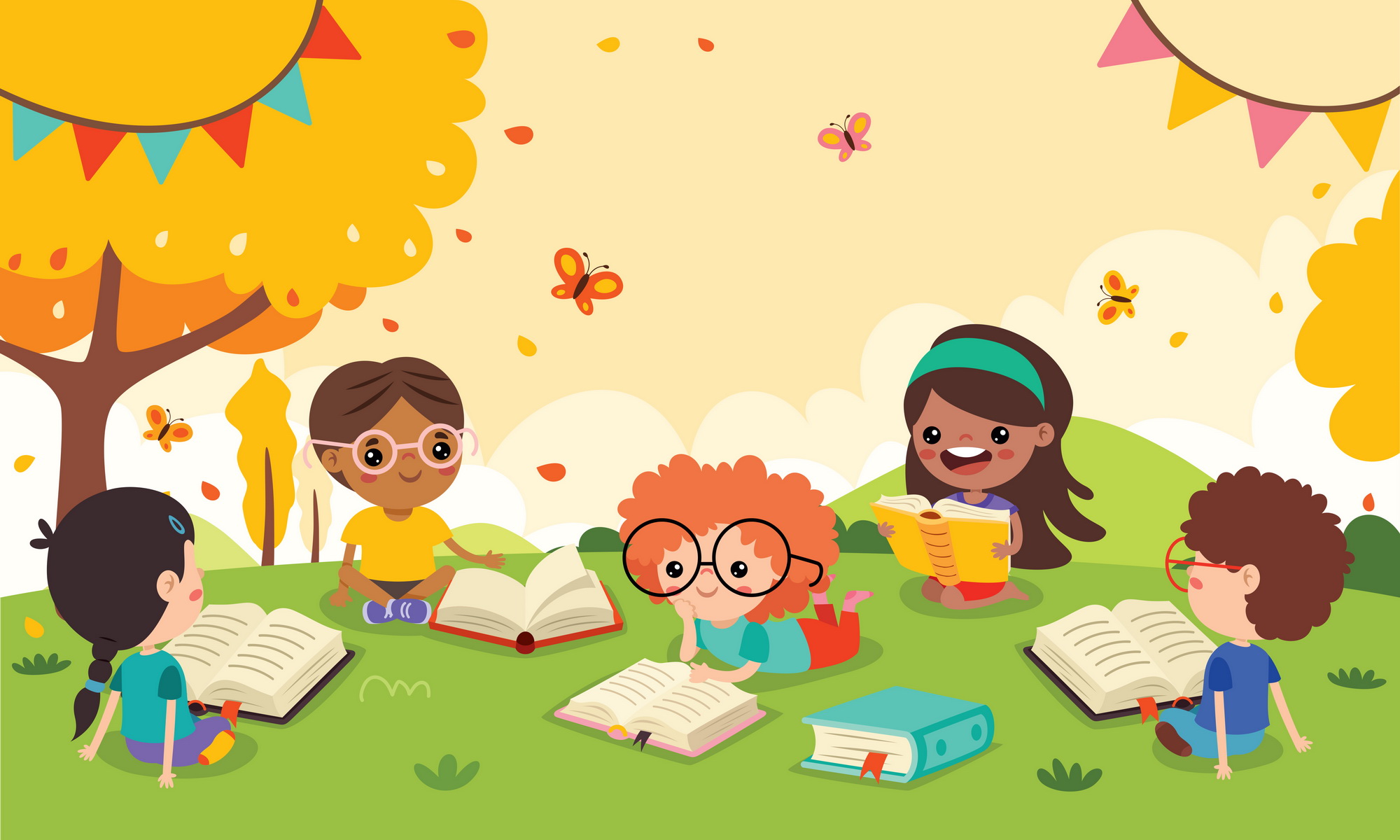 March 11, 2024
March 11, 2024 -
 March 15, 2024
March 15, 2024 -
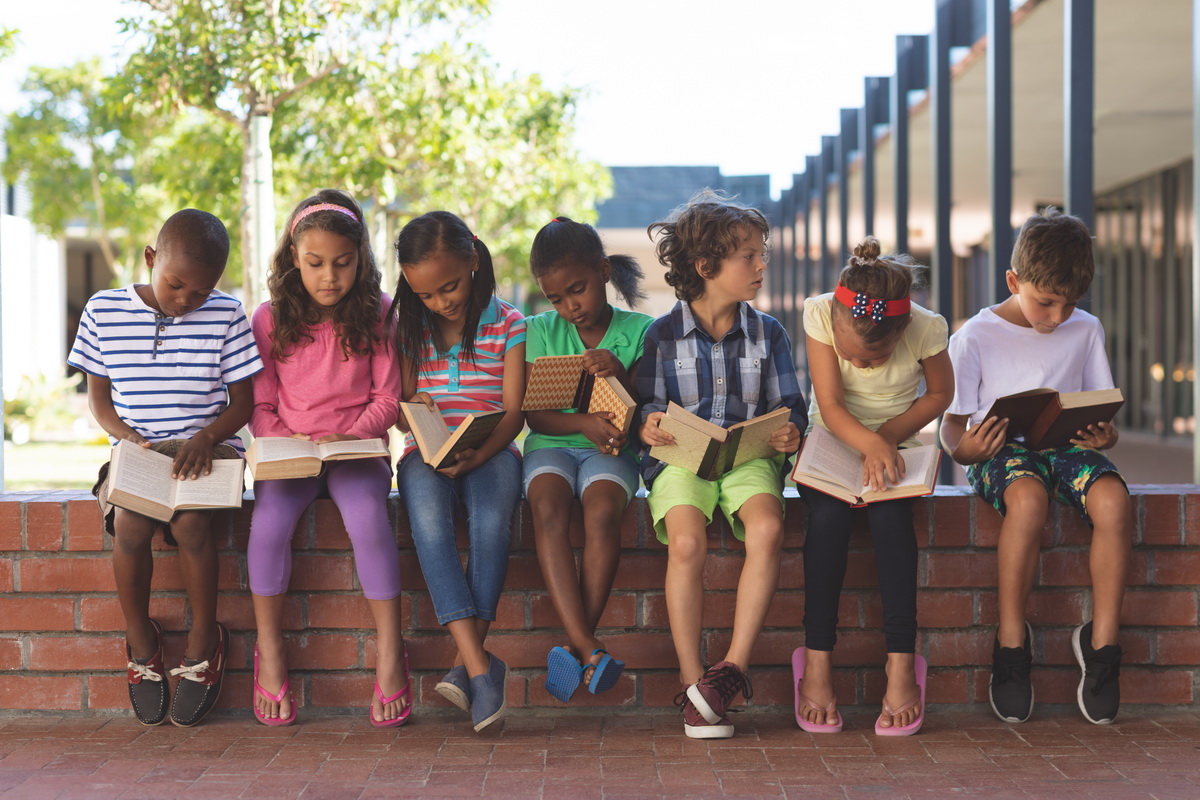 Feb. 29, 2024
Feb. 29, 2024


